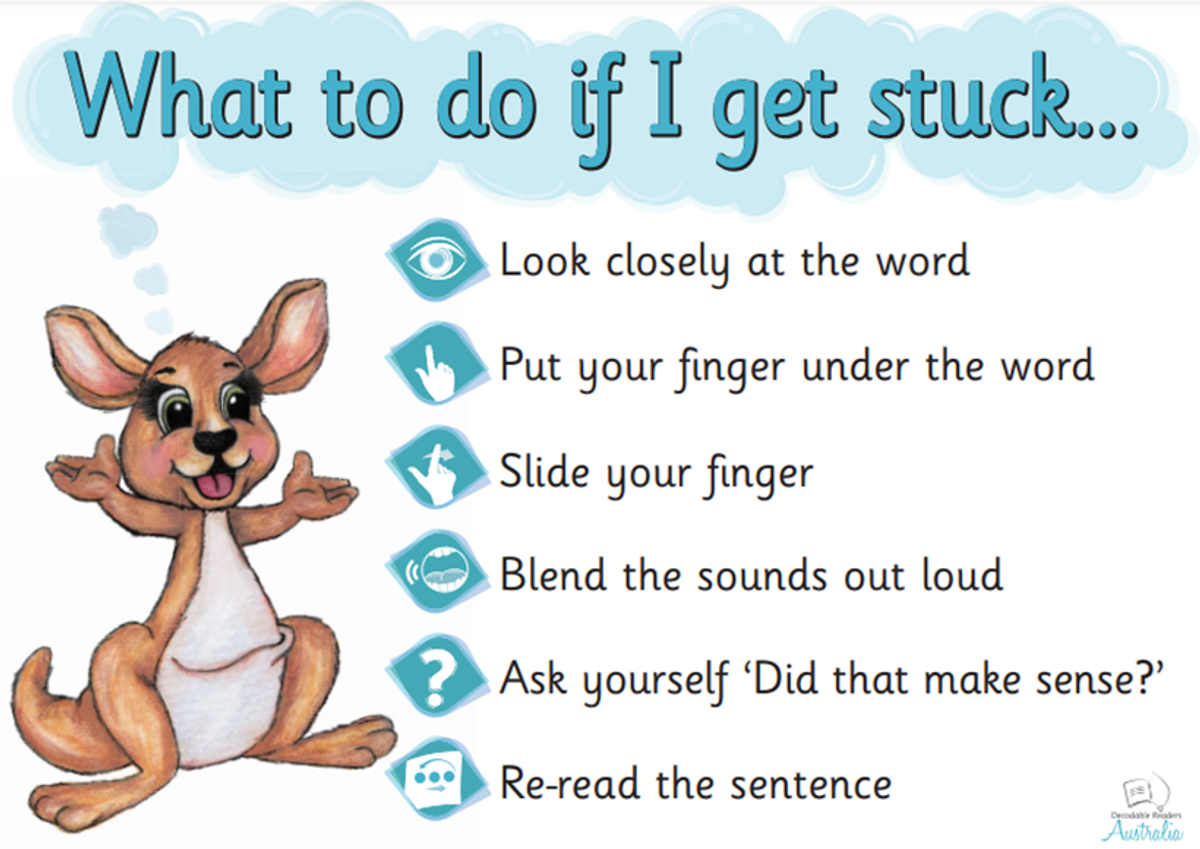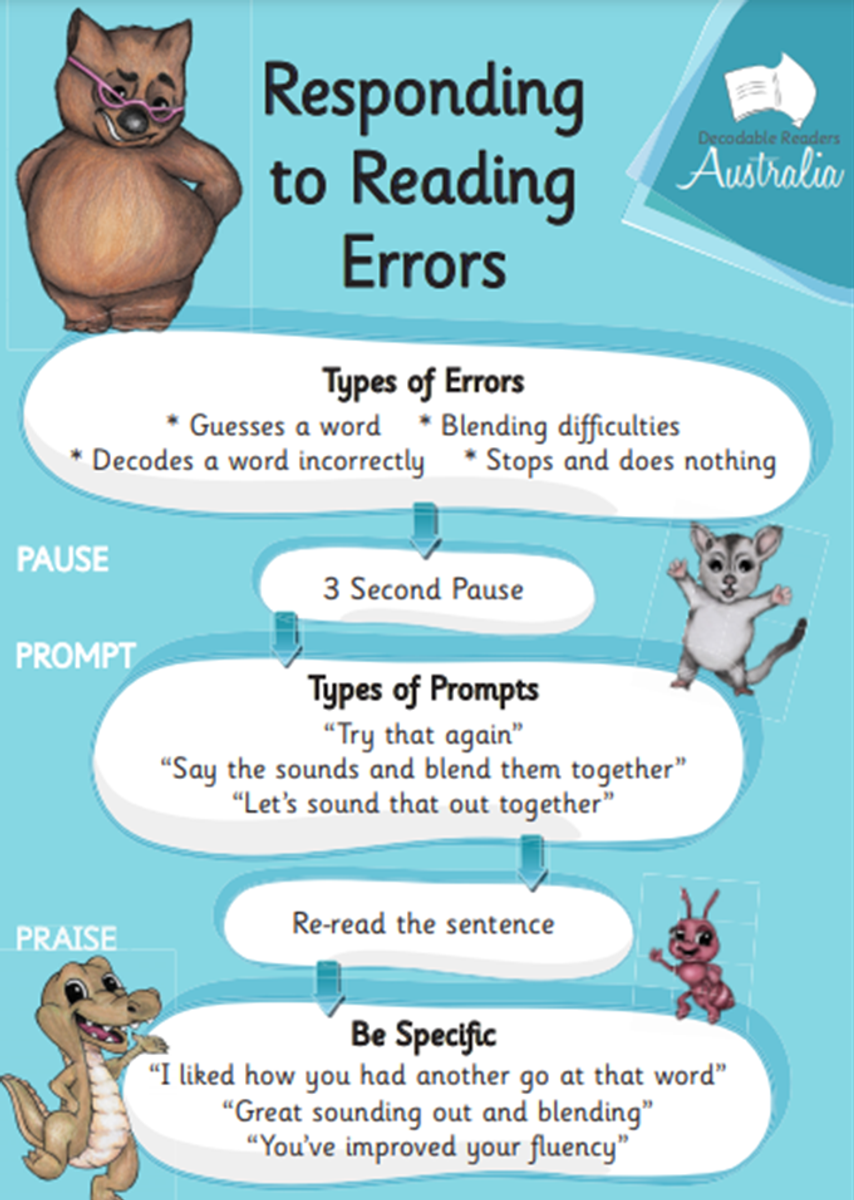ENGLISH

DECODABLE BOOKS - WHAT ARE THEY?
My name is Mr Leeden and I am the English Learning Specialist at MPS. Throughout the year I will be including information, facts, tips and ideas for you to understand how we teach English at MPS and what you can do to support your child at home. This first newsletter instalment is to tell you a little bit more about decodable books and how they support children as they develop as young readers.
What are decodable books and why are they important?
There are generally two types of levelled books given to beginner readers – decodables (books which require children to read words by sounding out, using the letters and sounds they have been taught) and predictable (repetitive text which encourages children to look at the picture, use their knowledge of high frequency words and other strategies to guess the text). At MPS, we use decodable books for beginning readers until they have mastered all of the letters and corresponding sounds. Once students have mastered each level of decodable texts, they will start to bring home more predictable texts for reading at home.
Decode means to crack. That’s exactly what children must learn to do to become successful readers – crack the code! Systematic synthetic phonics has been proven time and time again as the most effective way to teach reading. Students at MPS are taught knowledge of letters and sounds and the skills of sounding and blending. The knowledge and skills must be practised over and over to achieve mastery. This practice cannot take place without the use of decodable readers, both at school and home for beginning readers.
Decodable readers are the link between phonics and reading. Children need them to build the necessary skills so they become proficient readers and can access the limitless opportunities of skilled reading.
“THERE’S NO SUCH THING AS A KID WHO HATES READING. THERE ARE KIDS WHO LOVE READING, AND KIDS WHO ARE READING THE WRONG BOOK.” - James Patterson
What are phonics?
Phonics is best described as the relationship between the sounds of speech (phonemes) and the letters that represent them (graphemes). For example, a child is taught to listen to the sounds p/a/t, learn what those sounds look like in print and then how to blend them together to say “pat”.
Top tips for reading at home
- Before your child starts reading a decodable book, go to the back 2 pages or front page depending on which decodable book they are reading. Encourage your child to point at the graphemes (letters) and say the sounds, then ask them to read the heart words or speed words.
- Encourage your child to sound out to read unknown words when they get stuck.
- Make sure your child tracks their finger underneath the words as they read them.
- Ask your child questions about what they read and whether they enjoyed the book. What was it that they liked?



